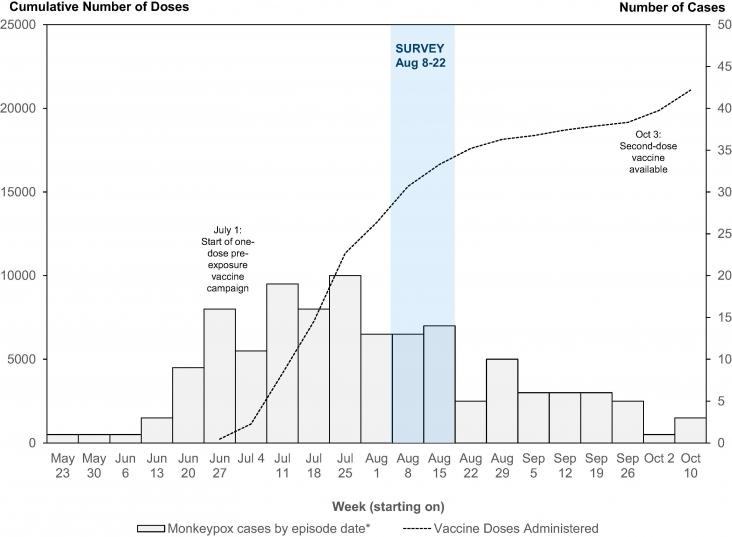Drinking water and sanitation services in high-income countries typically bring widespread health and other benefits to their populations.

As the primary public health strategy for controlling the 2022 Mpox outbreak, it is critical to evaluate the impact of Mpox vaccination campaigns for transgender people and gay, bisexual and other men who have sex with men (T/GBM). We measured vaccine uptake and associated factors among T/GBM clients of an urban STI clinic in British Columbia (BC)

Shaquita Bell, who is both Black and Indigenous, recently became the 33rd Native-identifying full professor of medicine in the USA. Bell's work questions the idea of race as a driver of health outcomes, and aims to improve understanding of race as a social rather than a biological construct.
A roadmap for health care leaders to execute intrinsic agency toward equity, supporting SDGs 3 and 10.
There are undeniable historic and contemporary hardships faced by Indigenous Peoples regarding access to medical treatments, research opportunities, clinical trial participation, and careers. The goal of the PNOC/CBTN DEI working group is to bring such inequities to our pediatric neuro-oncology community and beyond and start to develop and collaborate towards solutions.
Digital health programs are urgently needed to accelerate the adoption of Artificial Intelligence and Clinical Decision Support Systems (AI-CDSS) in clinical settings. However, such programs are still lacking for undergraduate medical students, and new approaches are required to prepare them for the arrival of new and unknown technologies.
In the context of applying machine learning to solve problems for risk prediction, disease detection, and treatment evaluation, EHR pose many challenges– they do not have a consistent, standardized format across institutions particularly in US, can contain human errors and introduce collection biases. In addition, some institutions or geographic regions do not have access to the technology or financial resources necessary to implement EHR, thus resulting in vulnerable and disadvantaged communities not being electronically visible.
This Article supports SDGs 3 and 10 by evaluating home telemonitoring of women with complicated pregnancies, finding that it might be a safe alternative to hospital admission. If implemented, it is possible that this alternative could reduce costs and increase patient access to care and monitoring
This article aligns with the SDG goal 3 of Good health and wellbeing and SDG 10 Reduced inequalities by highlighting opportunities to leverage real data to better understand the outcomes of direct-acting antiviral treatment in smaller, discrete subgroups of HCV-infected patients that cannot be comprehensively evaluated in clinical trials.
